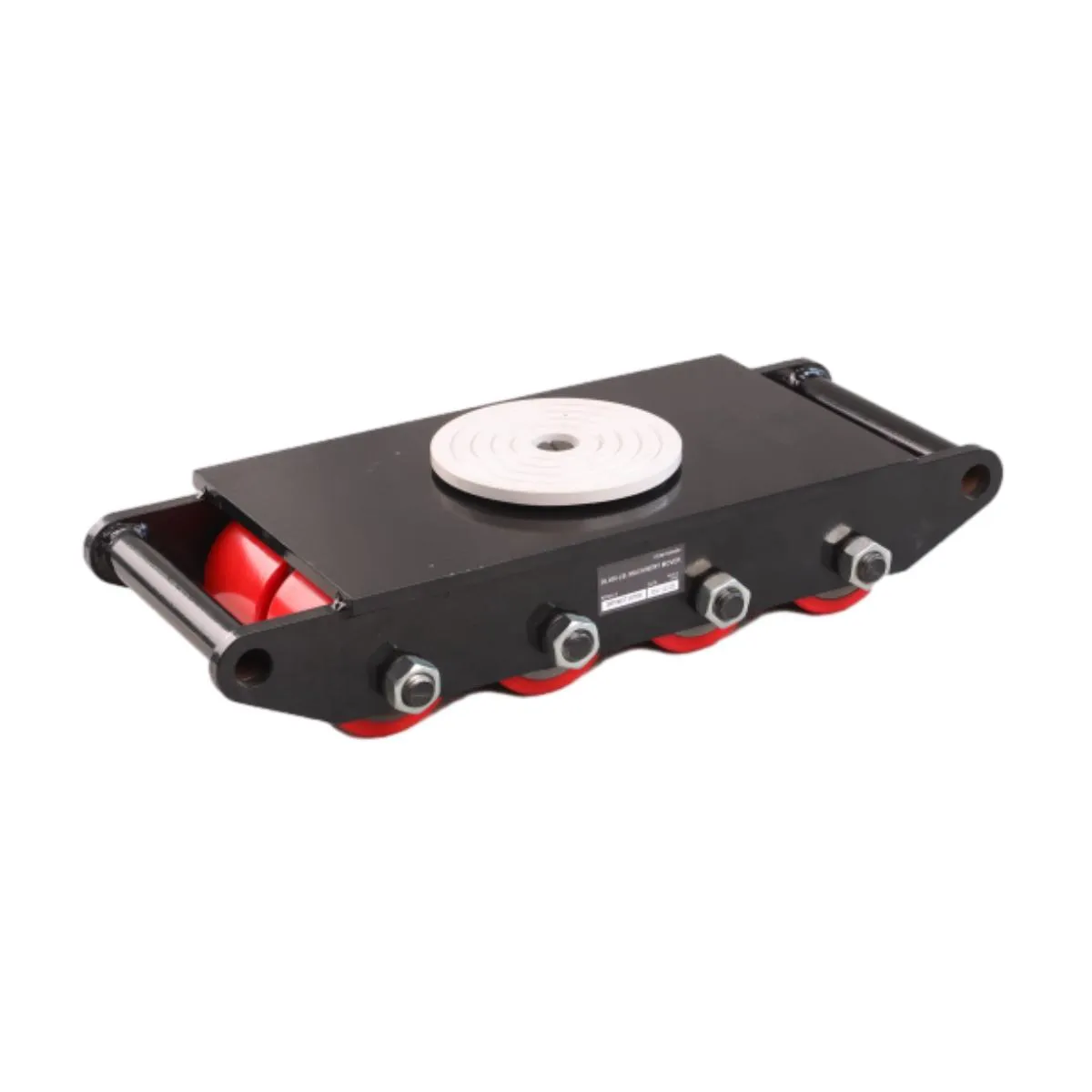komponen gantry crane
Understanding Gantry Crane Components A Comprehensive Overview
Gantry cranes are essential equipment used in various industries, particularly in construction and manufacturing. Their design allows them to move loads easily while providing high stability and versatility. A gantry crane typically consists of several key components, each playing a crucial role in the crane's overall function and efficiency. This article delves into the fundamental components of gantry cranes to provide a better understanding of how they operate.
1. Main Framework
The main framework is the most prominent part of the gantry crane, often made of robust steel or aluminum. It consists of two vertical legs connected by a horizontal beam at the top, creating a 'gantry' structure. This framework supports the crane's load and provides the necessary stability while in operation. The design can vary significantly based on the intended use, with some gantry cranes featuring adjustable height settings to accommodate different load sizes.
2. Hoist Mechanism
The hoist mechanism is integral to the gantry crane, responsible for lifting and lowering loads. Typically mounted on the horizontal beam, the hoist may be electric, manual, or hydraulic, depending on the required lifting capacity and application. The hoist consists of a drum or wheel around which a wire rope or chain is wound. As the drum rotates, it either unwinds or winds the rope, allowing for precise control over load movement. Safety features, such as limit switches and overload protection, are often incorporated to prevent accidents.
3
. Trolley SystemThe trolley system facilitates the horizontal movement of the hoist along the beam. It is equipped with wheels that run along the beam's track, enabling the hoist to traverse the length of the gantry crane. Trolleys can be powered electrically or manually, with the availability of various designs to accommodate specific lifting needs. Some advanced trolley systems may include remote control capabilities, allowing operators to maneuver the hoist from a safe distance.
4. Wheels and Tracks
komponen gantry crane

The wheels and tracks are essential components for the mobility of a gantry crane. The crane rolls on tracks or rails laid on the ground, providing a stable base for the crane's movements. The wheels are typically designed to handle heavy loads and are equipped with bearings to ensure smooth operation. This feature is vital for maintaining balance and ensuring the safety of the loads being lifted.
5. Power Supply
For electric gantry cranes, a reliable power supply is crucial for the operation of the hoist and trolley systems. Depending on the design, power can be supplied through a cable that runs along the crane's beam or via a battery system in portable designs. Ensuring a consistent and safe power supply is vital for the smooth operation of the crane, especially in high-demand industrial environments.
6. Control System
The control system is vital for the safe and efficient operation of gantry cranes. Modern cranes are often equipped with advanced control panels that allow operators to manage various functions, such as lifting, lowering, and moving loads. Some cranes feature remote controls, enhancing safety by allowing operators to maintain a safe distance from the load. The interface typically includes emergency stop buttons, speed controls, and diagnostics to monitor the crane's operational status.
7. Safety Features
Safety is paramount in gantry crane operation, and several features ensure that risks are minimized. These may include limit switches that prevent over-travel, emergency stop buttons, and warning lights or alarms to alert operators of potential hazards. Additionally, proper training and regular maintenance are essential to ensuring that all safety features function correctly.
Conclusion
Gantry cranes are complex machines with several interdependent components that work together to provide efficient and safe lifting solutions. Understanding the key parts of a gantry crane—from the main framework to the control system—can help operators maximize their effectiveness and ensure safe practices within their work environment. As technology advances, we can expect further innovations in gantry crane designs, enhancing their capabilities and safety features for various industrial applications.
-
Unlock Seamless Relocation with Our Heavy Equipment Moving ExpertiseNewsJun.06,2025
-
Unleash Unrivaled Flexibility with Our Adjustable Gantry CraneNewsJun.06,2025
-
Unleash Heavy-Duty Efficiency with Our Industrial Gantry Crane SolutionsNewsJun.06,2025
-
Revolutionize Steel Handling with Our Magnetic Lifter RangeNewsJun.06,2025
-
Master Equipment Mobility with Premium Machinery Mover SolutionsNewsJun.06,2025
-
Elevate Your Material Handling with Magnetic Lifter TechnologyNewsJun.06,2025
-
YS Permanent Lifting Magnets: The Smarter Way to Handle SteelNewsMay.22,2025
